Scientists Are Fighting Fire (Ants) With Wasabi
What’s good for the sushi is not good for the Solenopsis invicta.

Fire ants certainly live up to their name. It can take up to a week to recover from their fierce stings, which cause large, hot welts, intense itching, and just a very unhappy outlook toward life. But relief may be close at hand, in the form of a team of Japanese and Taiwanese entomologists wielding science and wasabi.
In a paper published in the journal Applied Entomology and Zoology, a group of researchers led by the myrmecologist Yoshiaki Hashimoto, who teaches at the University of Hyogo in Kobe, Japan, found that lacing ant traps with a microencapsulated form of allyl isothiocyanate (AITC), an organic compound that causes the pungency in wasabi, horseradish, and mustard, kept fire ants away. Microencapsulation (read: making tiny capsules) preserves the AITC within a protective shell. Ants that came into contact with the AITC eventually died.
Global trade has accidentally exported fire ants (Solenopsis invicta) from their native South America in shipping containers. The ants have found their way into the United States, Australia and New Zealand, China, Taiwan, and Japan. The cost of eradicating these venomous marauders, which multiply rapidly and cause damage to agriculture, local fauna, and public health, is as high as $6 billion for the U.S. alone. The paper reports that migrating fire ants were first discovered in Japan at a sea port in Kobe in 2017.
To keep the ants at bay, the team of entomologists from the University of Hyogo, Okinawa Institute of Science and Technology, and National Taiwan University devised a way to use AITC extracted from the wasabi plant to fend off the ants. In microencapsulated form, the AITC compound releases slowly (a “controlled vapor release”), negating any irritation that might be caused by their excessive pungency. Microencapsulated AITC is also sensitive to moisture, and releases faster in more humid climes. “Because the regions infested heavily by S. invicta in China are located in the humid subtropical zones, the moisture sensitive property of the microencapsulated AITC could be particularly useful as S. invicta repellent,” writes Hashimoto, in an email. This microencapsulated AITC can be applied to plastic packing materials to prevent fire ants from getting into packages, including perishables, as AITC is a naturally occurring, non-toxic, and colorless oil.
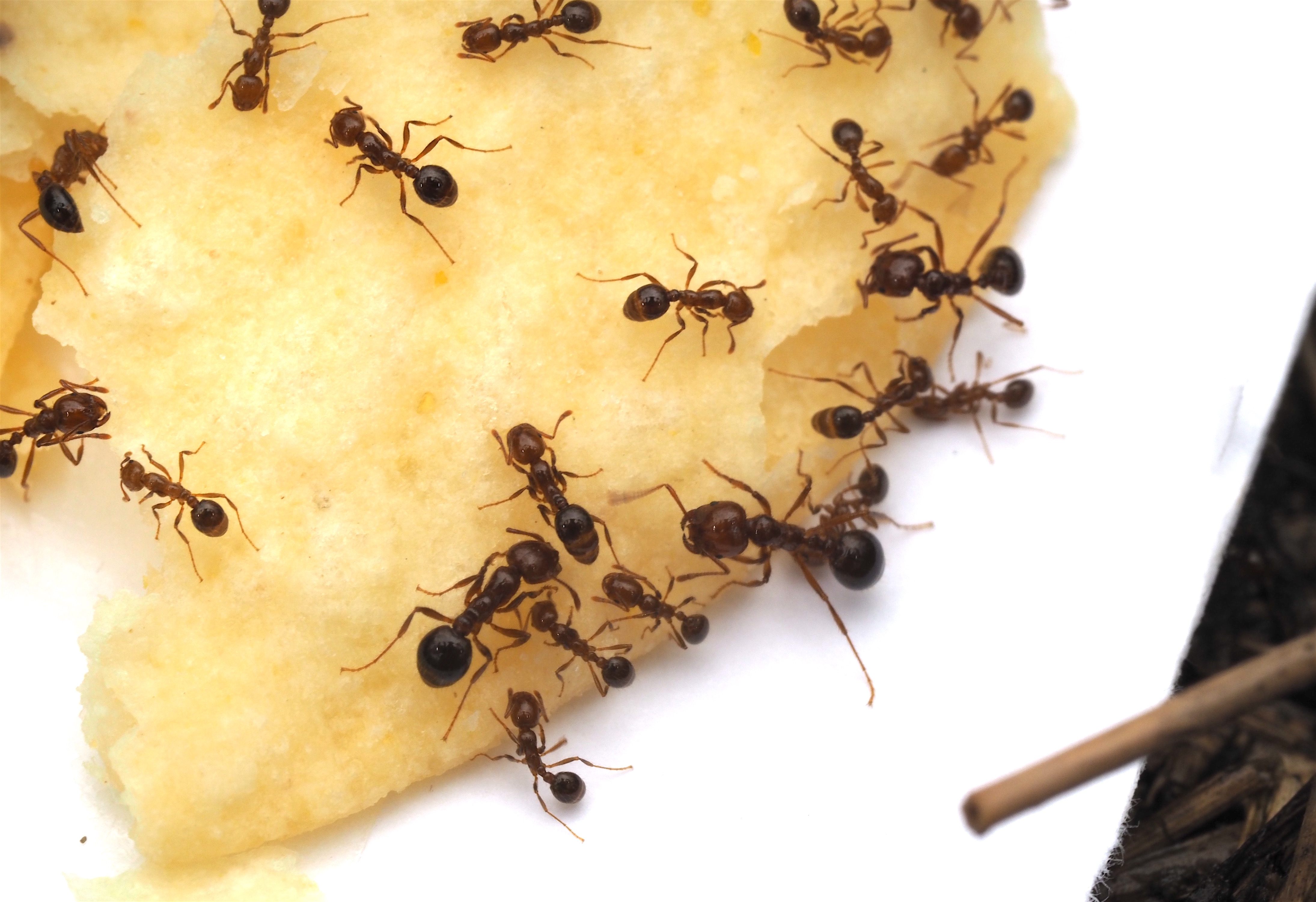
To test their theory, the scientists devised three scenarios in an experiment site next to a fire ant mound. They put out 10 traps, each with a microencapsulated AITC-laced polyethylene film wrapped around the bait (a fried snack of corn grits). Then, in a control test, they put out 10 ant traps containing a regular plastic film and oily corn grits. In the final test case, they put the bait out first, caught the red ants, and then put them inside a trap with the AITC-laced film. All the ant traps were small, transparent plastic tubes with a five millimeter hole cut into the screw top to provide a point of entry.
The results proved conclusively that fire ants fear wasabi. Only the trap with the regular plastic film caught ants. The one with the AITC film repelled the ants—the researchers recorded a video of ants getting to the top of the bait tube and recoiling from the tiny hole marking the point of entry. In the final instance, ants placed inside the small tube containing AITC film died within 40 minutes of exposure.
The use of wasabi-infused plastic film to repel invading fire ants offers a sharp new research direction for the disparate fields of food science and entomology.
Gastro Obscura covers the world’s most wondrous food and drink.
Sign up for our email, delivered twice a week.






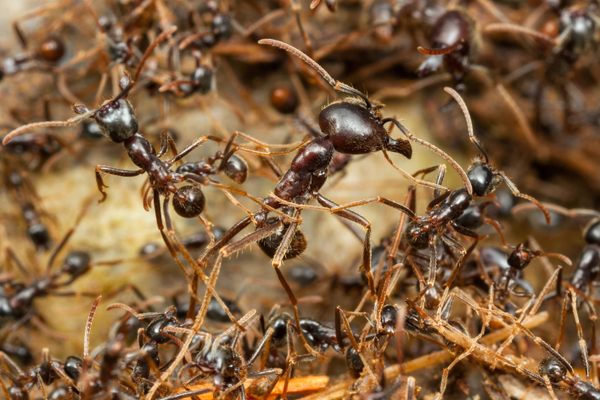
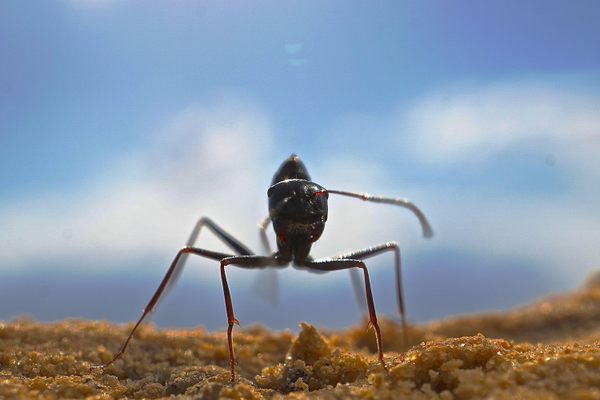

















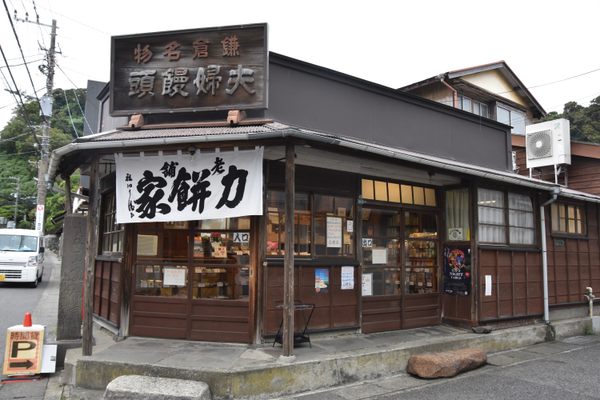
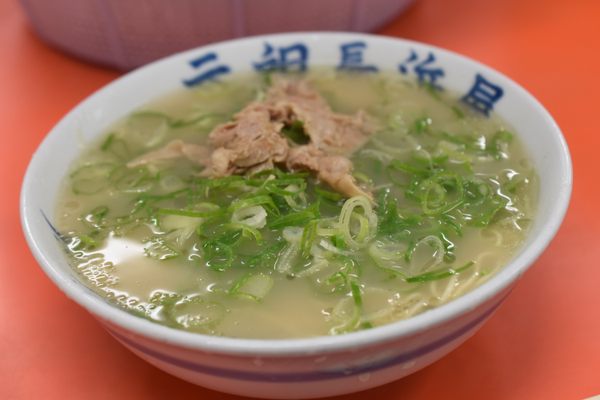
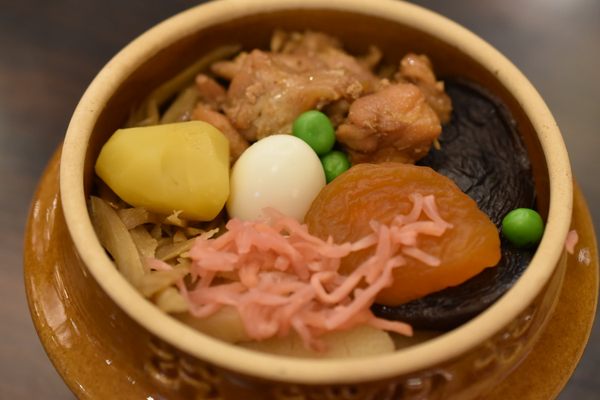

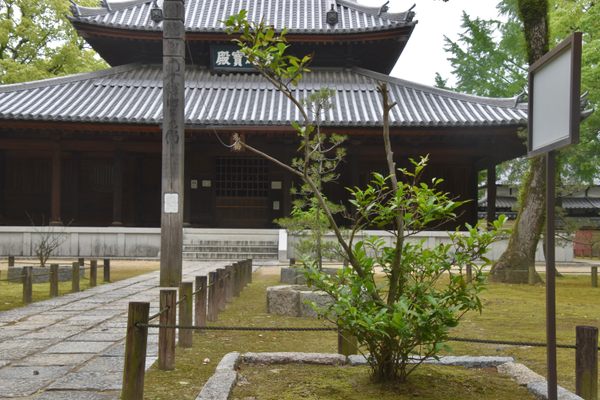




Follow us on Twitter to get the latest on the world's hidden wonders.
Like us on Facebook to get the latest on the world's hidden wonders.
Follow us on Twitter Like us on Facebook